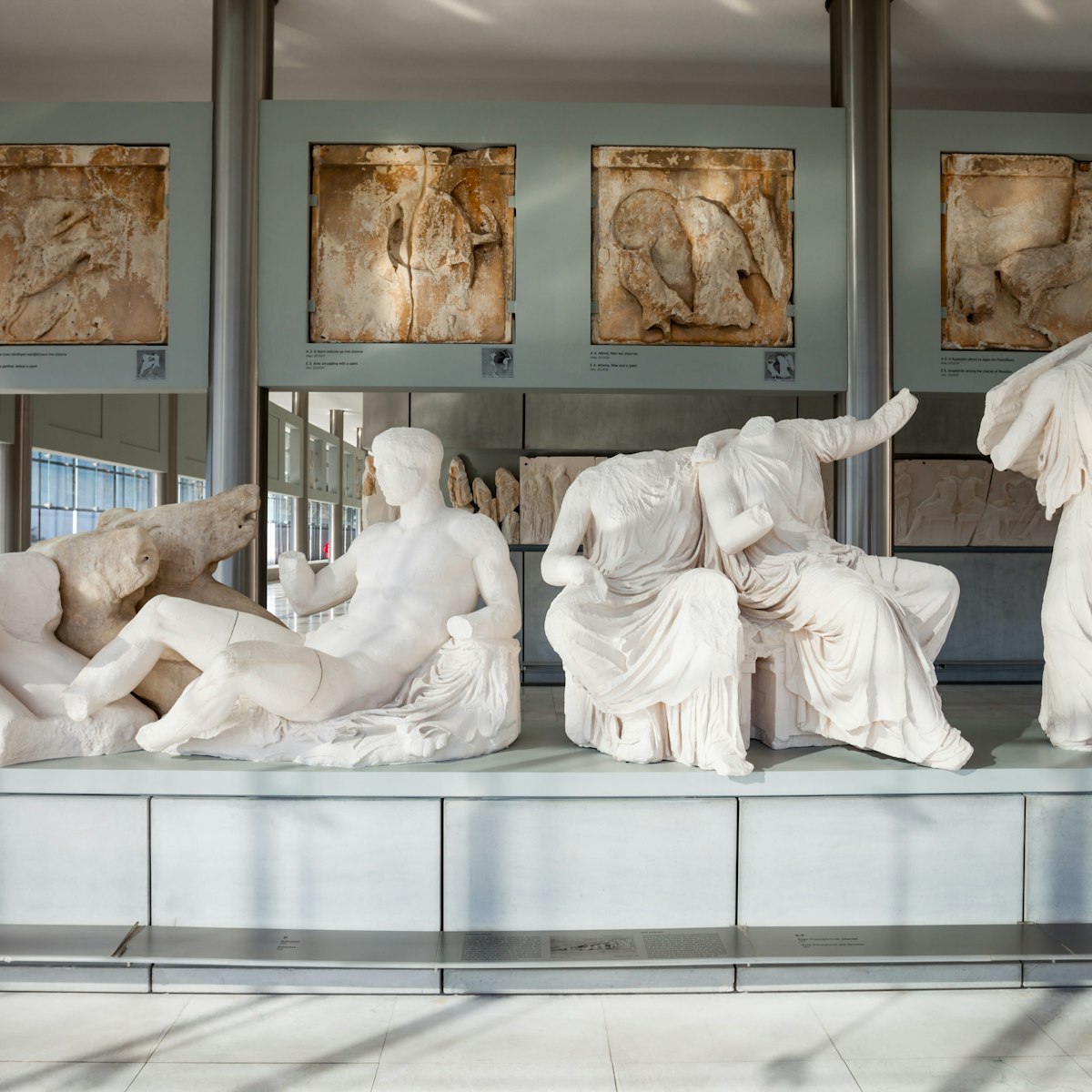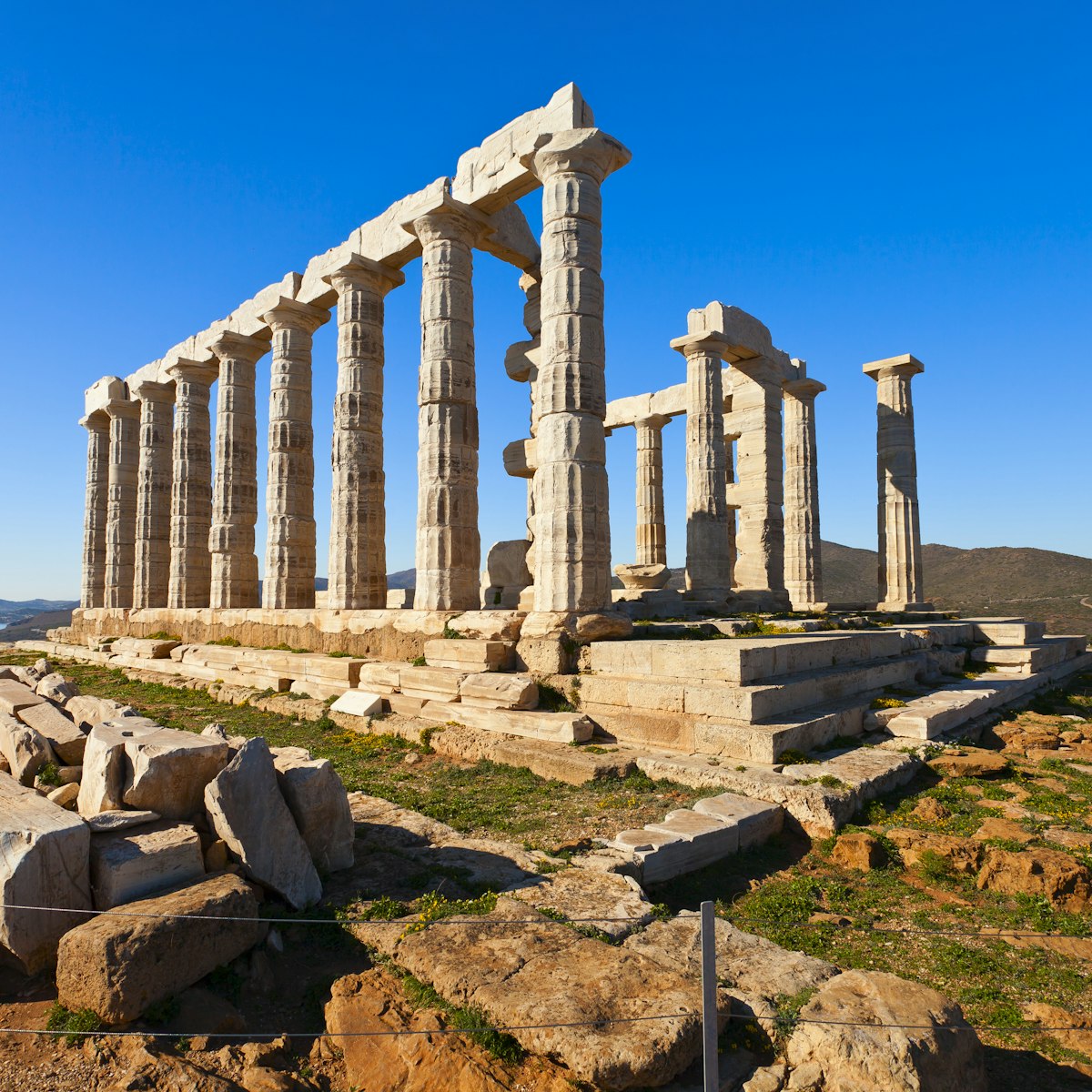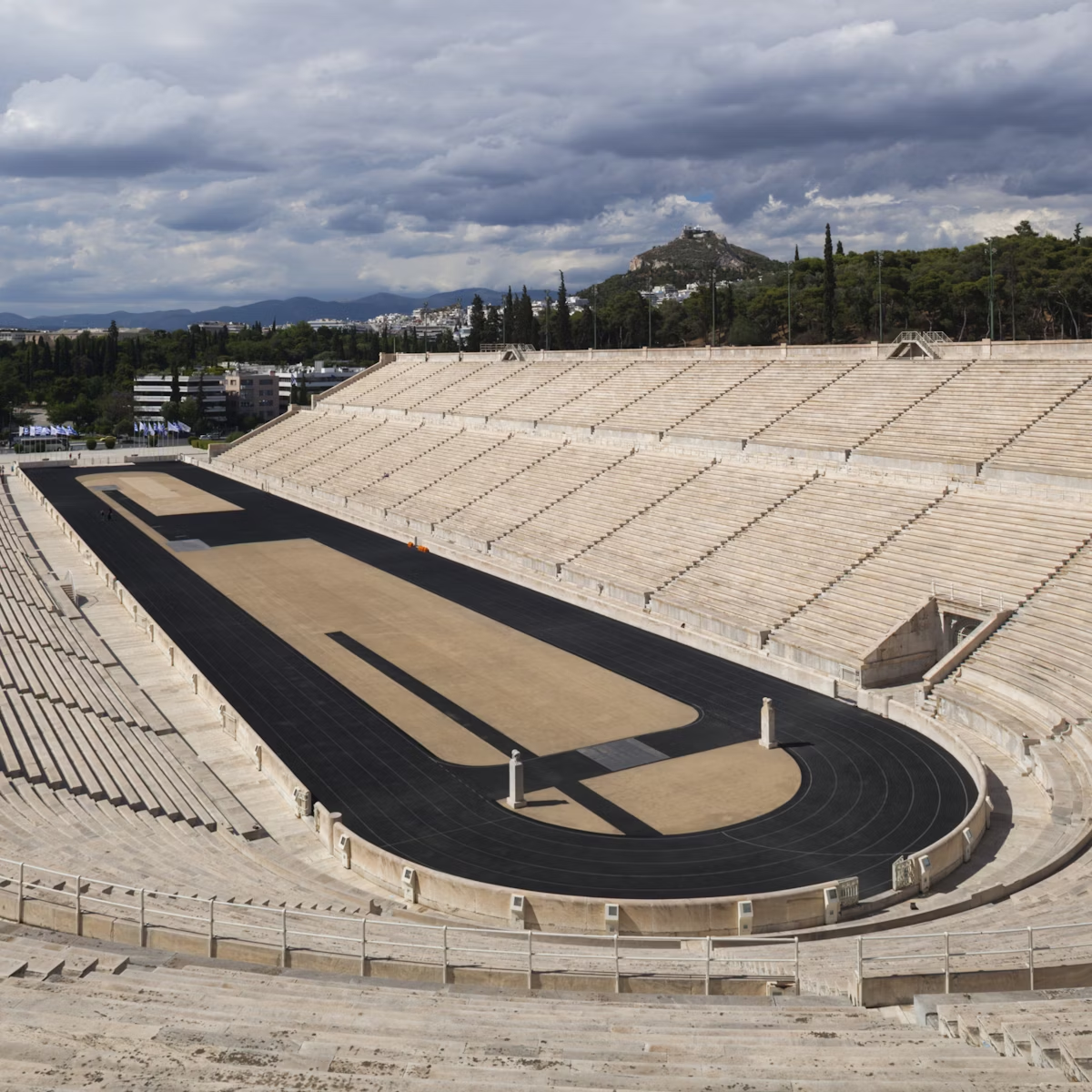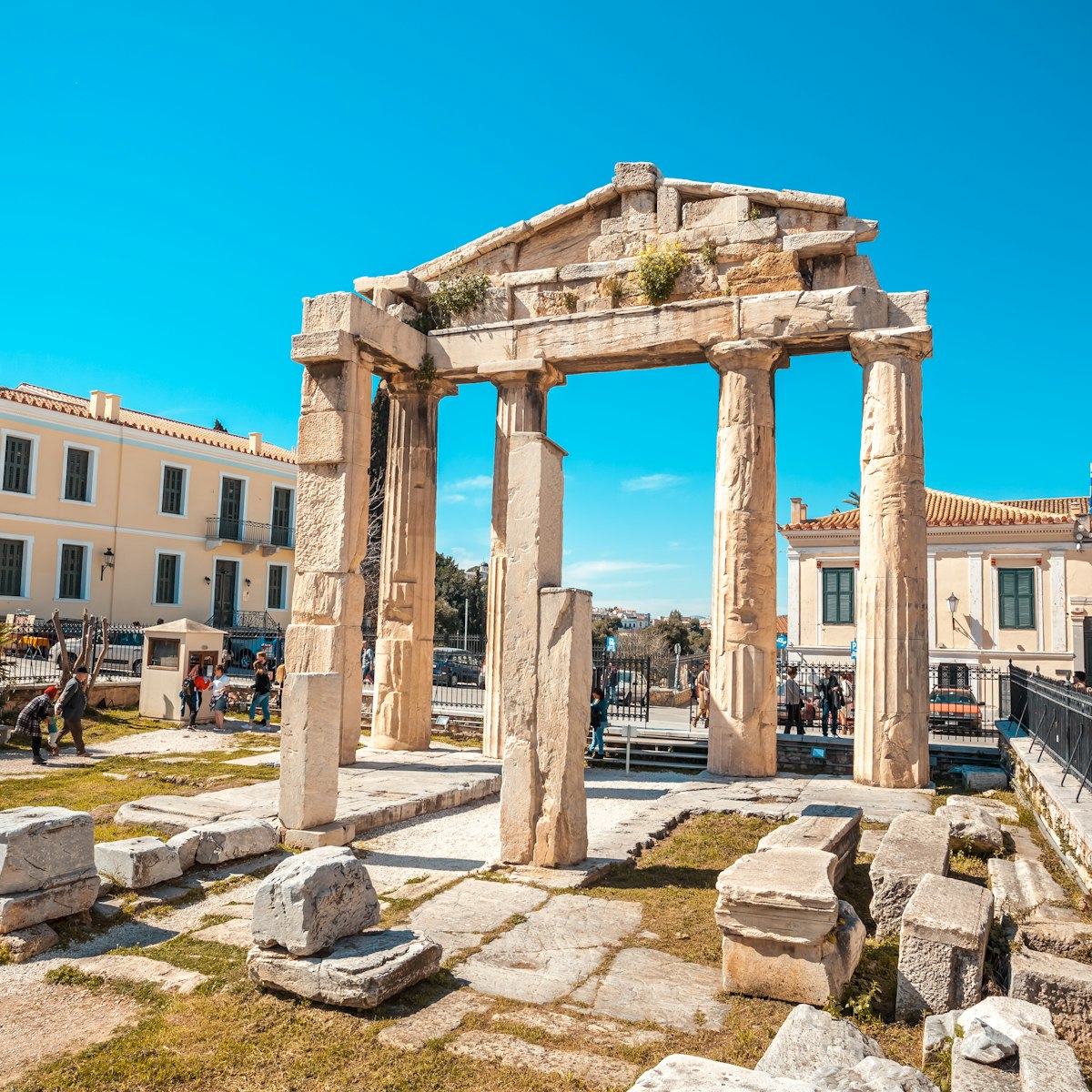Designed to be the pre-eminent monument of the Acropolis, the Parthenon epitomises the glory of Ancient Greece. Meaning 'virgin's apartment', it's dedicated to Athena Parthenos, the goddess embodying the power and prestige of the city. The largest Doric temple ever completed in Greece, the Parthenon took 15 years to build.
It was designed by Iktinos and Kallicrates and completed in time for the Great Panathenaic Festival of 438 BC.
Built on its highest ground of the Acropolis, the Parthenon had a dual purpose: to house the great statue of Athena commissioned by Pericles and to serve as the new treasury. It was built on the site of at least three earlier temples dedicated to Athena.
The temple consisted of eight fluted Doric columns at either end and 17 on each side. To achieve perfect form, its lines were ingeniously curved to create an optical illusion – the foundations are slightly concave and the columns are slightly convex to make both look straight. Supervised by Pheidias, sculptors worked on the architectural detail of the Parthenon, including the pediments and friezes, which were brightly coloured and gilded.
The metopes (the decorative panels on the temple's exterior) on the eastern side depicted the Olympian gods fighting the giants; on the western side they showed Theseus leading the Athenian youths into battle against the Amazons. The southern metopes illustrated the contest of the Lapiths and Centaurs at a marriage feast, while the northern ones depicted the sacking of Troy.
Much of the frieze inside depicting the Panathenaic Procession was damaged in a devastating 1687 gunpowder explosion – the Turks had been storing ammunition here; the Venetians launched a mortar at it. Earlier, Christians had defaced some of the pieces, too. But the greatest existing part (over 75m long) consists of the controversial Parthenon Marbles, taken by Lord Elgin and now in the British Museum in London. The British government continues to ignore campaigns for their return.
The ceiling of the Parthenon, like that of the Propylaia, was painted blue and gilded with stars. At the eastern end was the holy cella (inner room of a temple), into which only a few privileged initiates could enter. Here stood the statue for which the temple was built: the Athena Parthenos (Athena the Virgin), considered one of the wonders of the ancient world. Designed by Pheidias and completed in 432 BC, it was made of gold and ivory with a wooden core and stood almost 12m high on its pedestal. The face, hands and feet were made of ivory, and the eyes were fashioned from jewels. Clad in a long gold dress with the head of Medusa carved in ivory on her breast, the goddess held a statuette of Nike (the goddess of victory) in her right hand; in her left, a spear with a serpent at its base. On top of her helmet was a sphinx, with griffins in relief at either side.
In AD 426 the statue was taken to Constantinople, where it disappeared. There's a small Roman copy (the Athena Varvakeion) in the National Archaeological Museum.








